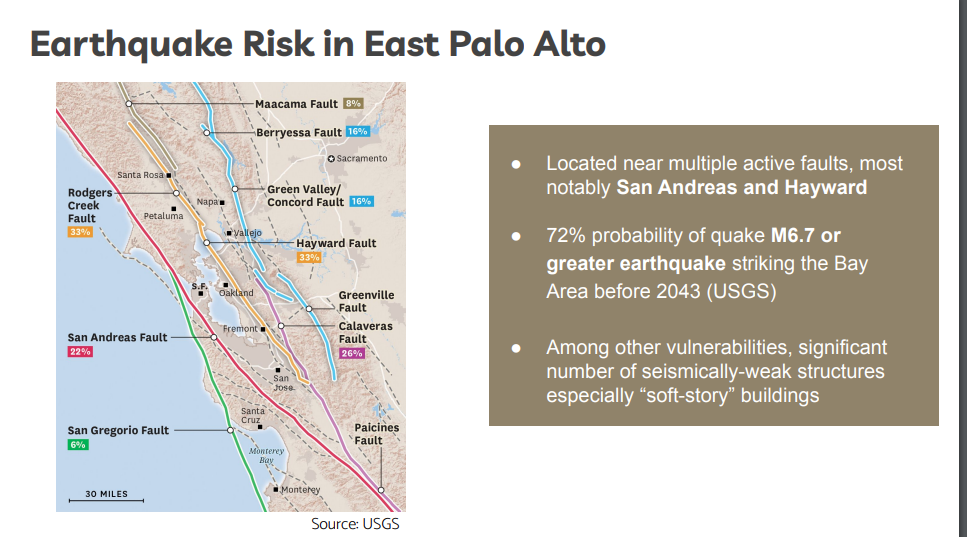Is East Palo Alto ready when a 7.0 earthquake erupts on the Hayward fault? Are we ready for a major flood or fire? It is not hard to Imagine a scenario where a natural disaster overwhelms state and county resources, and help is slow to reach East Palo Alto.
One fact should scare the bejeezus out of us: in a major disaster like a 7.0 earthquake, experts think that between 3% to 5% of the population will lose housing and need emergency shelter. In East Palo Alto, this translates to between 900 and 1500 people will need to be housed in emergency shelters.
We need to rely on ourselves – not anyone else – to survive a disaster. Our local fire and police will be overwhelmed, and County, State, and Federal help could take a week or more to arrive. A major earthquake will require that all of us are ready: The City of East Palo Alto, civic organizations, churches, landlords, and individual households.
East Palo Alto needs to invest in emergency preparedness before a disaster instead of pointing fingers after a major earthquake happens. We can take concrete steps to help prepare as a city for the next major earthquake or other disaster.
The City should hire an Emergency Response Coordinator or make this a formal responsibility of someone already on staff. The City of East Palo Alto needs to budget for emergency response and spend money to make sure we are prepared with the proper supplies and trained personnel when a disaster hits. We need an Emergency Response Plan that is annually updated and understood by all people in leadership positions in East Palo Alto.
City Employees should all be CERT trained and be trained to step into emergency roles. City Employees are first responders and should all have the necessary training in command centers structure (EOC), radio communication, first aid, and other essential roles. Right now, very few city employees are trained in emergency response.
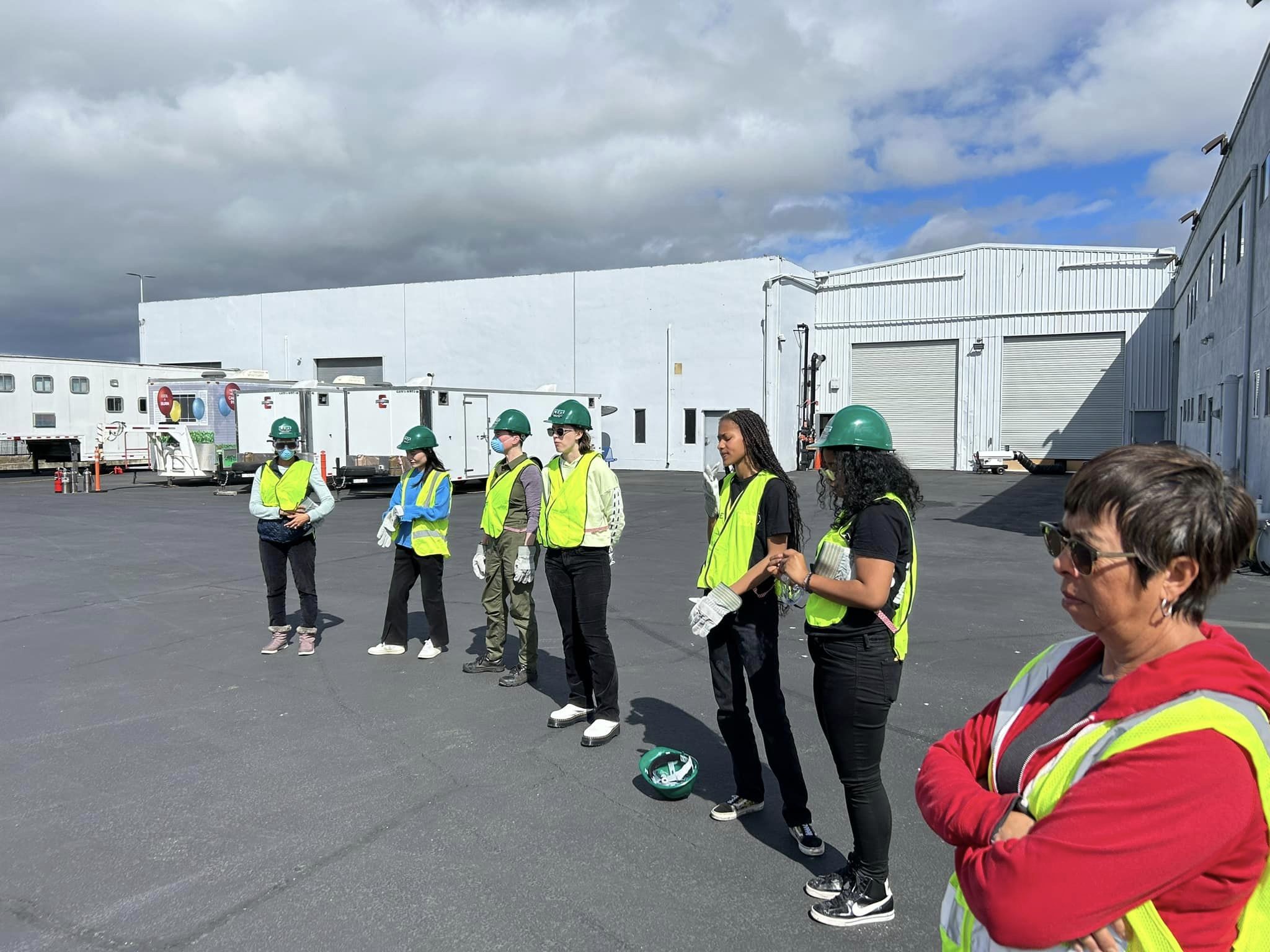
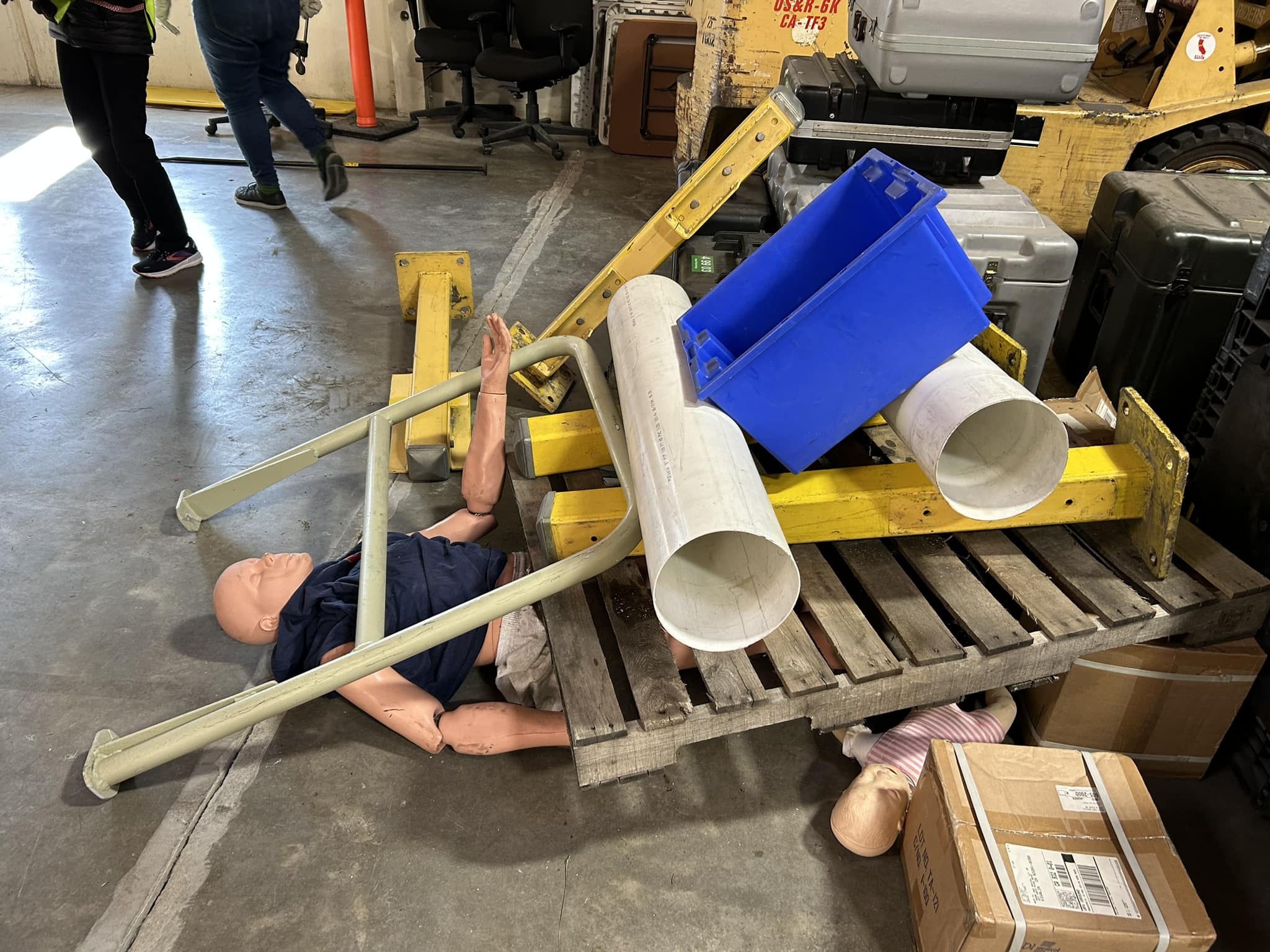


EPA needs to recruit volunteers to the CERT – Community Emergency Response Team - to help in every neighborhood. “Knowing your neighbors” is the single biggest difference between calamity and survival in some cases. We need hundreds of people who are comfortable knocking on doors, assessing damage, and checking on neighbors. Every member of a board or commission in EPA should be offered training, and we need to make a special effort to plan for Senior Citizens, the most vulnerable members of our community after a disaster. We need to do much more outreach in Spanish and reach renters and homeowners alike.
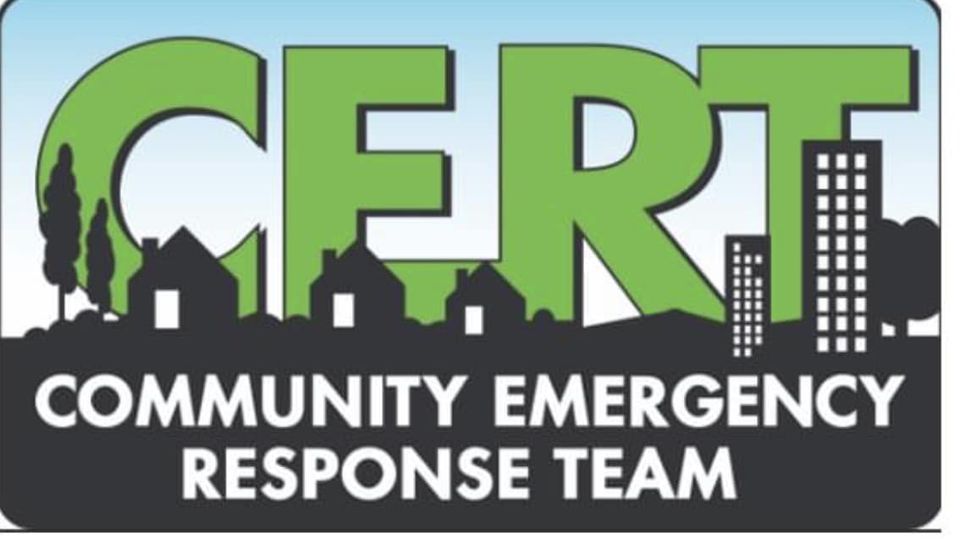
We need to continue to train households to “get ready” for an emergency and need to make a special focus on Spanish language outreach. rEPAct (East Palo Alto’s CERT team) trained over 200 people in EPA and Belle Haven in 2023 on emergency preparedness. If households have the basics of emergency prep understood, it relieves a big burden from emergency responders. Self sufficiency is key in any disaster.

The City needs to identify mass shelter locations and pre-provision them with emergency supplies. We have many suitable locations in East Palo Alto like schools, the YMCA, churches, and the Boys & Girls Club. These locations are not useful unless they are supplied with cots, pillows, blankets, flashlights, generators, food, N95 mask, and water. We can not rely on the immediate help from outside agencies like The Red Cross, San Mateo County, The State of California, or FEMA in the event of a major disaster.
East Palo Alto should recognize that aging buildings present a very real danger in the event of an earthquake and move to approve earthquake resilient construction ASAP.
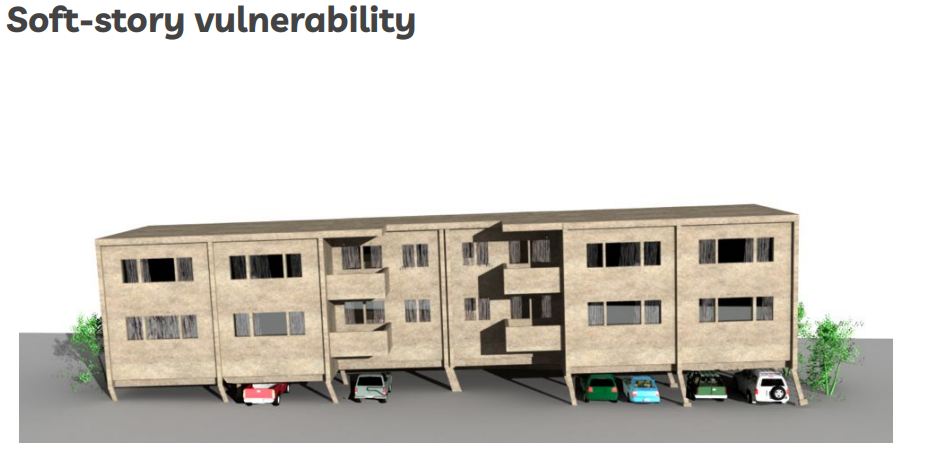
City Leaders need to meet up and discuss emergency preparedness and get to know each other BEFORE an emergency not DURING an event. Robert Jones of the Menlo Park Fire District is a great example of this and has been regularly meeting with leaders in our community to discuss emergency preparedness.



The City of East Palo Alto needs to improve emergency communication. Our City Staff needs to understand how to immediately notify the community with accurate information in Spanish and English when relatively minor events like localized flooding and wind storms occur. Text, social media, and email updates should be sent out in the event of any emergency. We also need to have a strategy when phones, text, facebook posts, and emails do not work, and emergency sirens, flyers, door knocking, and loud speakers may be the only way to reach people. We need to have pre-written information on flooding, fires, chemical spills, and earthquakes ready to go in case of an emergency. We also need HAM radio operators and have multiple people in the community trained on radio communication.
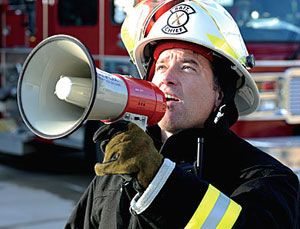
Sanitation – Our aging sewage pipes could easily break and not work after an emergency. How will we handle the human waste of 30,000 residents after an emergency? We should have a plan to address this issue.

A major disaster there could involve mass casualties with many dead and injured residents. East Palo Alto should identify local medical professionals and those with first aid training and prepare for such an event. In the event of an emergency it is possible and even likely that hospitals will be overwhelmed, unreachable, or knocked off line due to major structural damage. Having an organized response to these challenges could be the difference between life and death for injured people.

In a worst case scenario, East Palo Alto should have an evacuation plan. Any number of disasters could make it necessary to evacuate EPA: fire, plane crash, chemical spill, massive flooding. Although it is unlikely that we would need to evacuate, we need to have a plan given EPA's limited access points and traffic bottle necks.
An Earthquake is the most likely major natural disaster to hit EPA, but there are other emergency scenarios major and minor to consider:
- Flooding from the Bay or from the Creek
- Plane Crash from SFO or Palo Alto Airport
- Pandemic like COVID - where 48 people died in East Palo Alto
- Chemical Spill
- Fire
- Terrorism involving nuclear, biological, or chemical weapons
